No kneesocks?
You are using an out of date browser. It may not display this or other websites correctly.
You should upgrade or use an alternative browser.
You should upgrade or use an alternative browser.
Thread for photos that 100% do not violate any Terms Of Service, not political, not too lewd, no gas price pics etc.
- Thread starter Slow Car Sport Mode
- Start date
In my trunk.No kneesocks?
You pad your trunk?In my trunk.
A few pictures from my drive to Santa Cruz earlier today.
Interesting rock erosion can be found on several beaches between Half Moon Bay and Santa Cruz
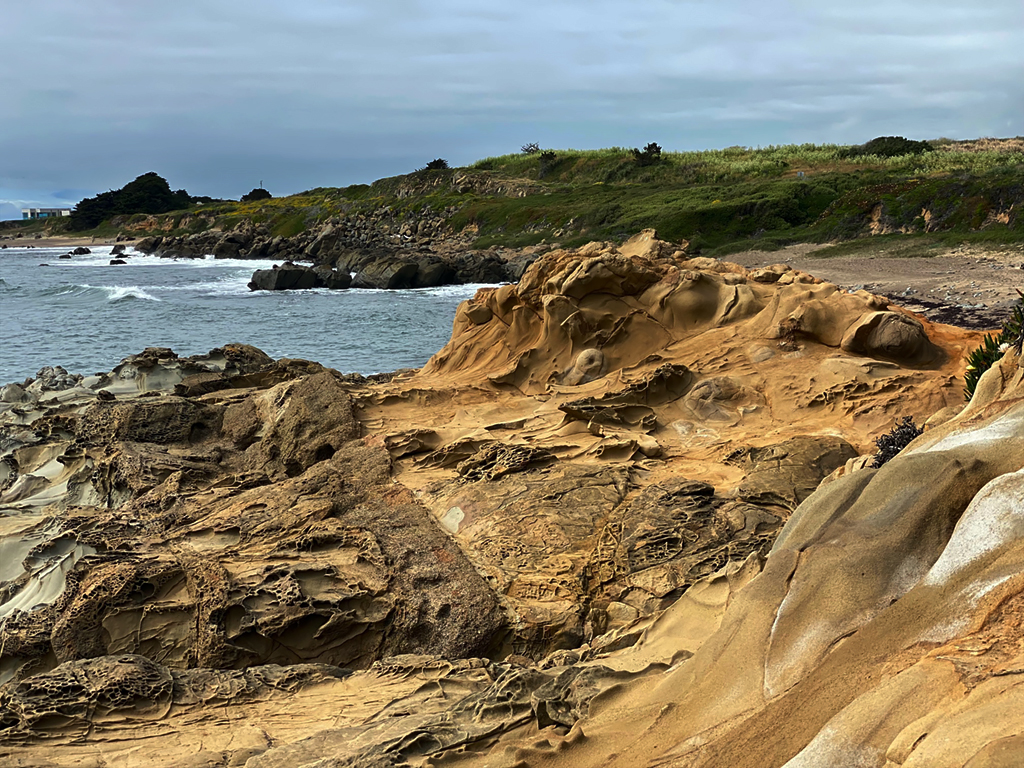

A gray whale skeleton is on display at the Seymour Marine Discovery Center.
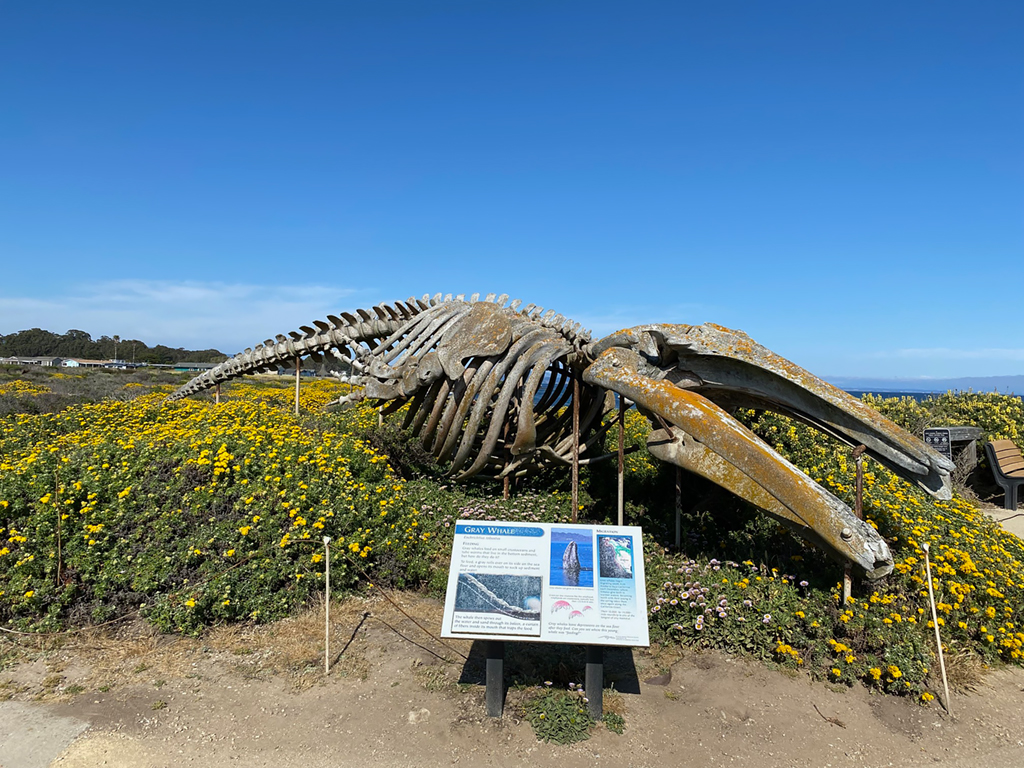
A blue whale skeleton
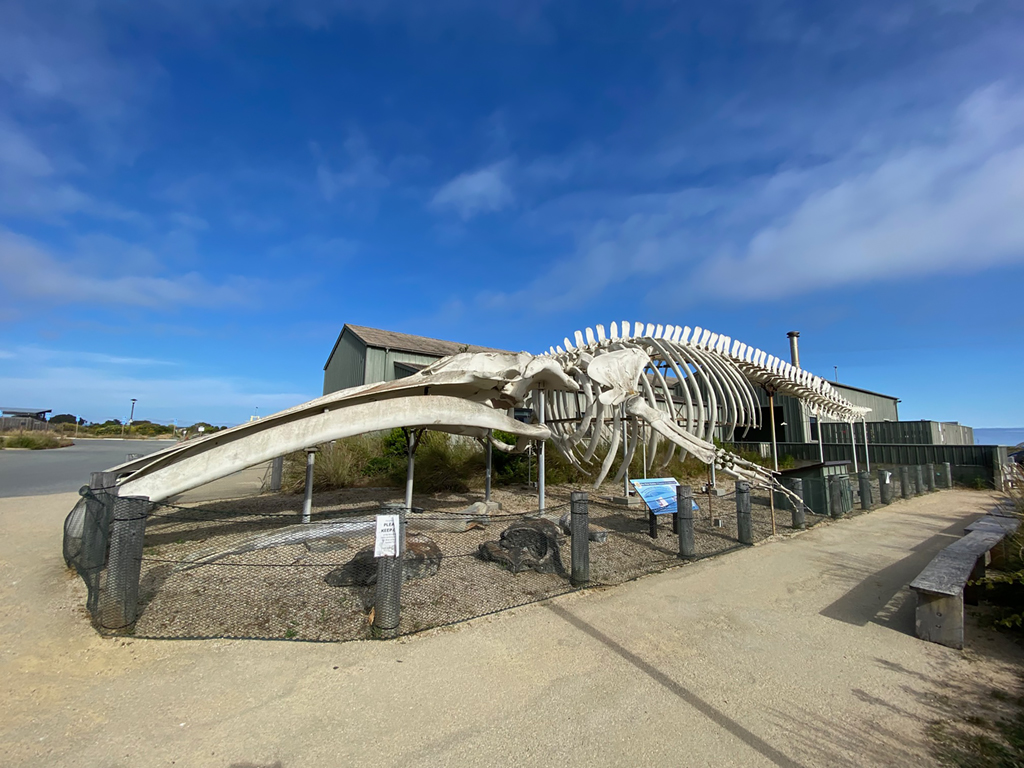
I need to get me a hatch like that.
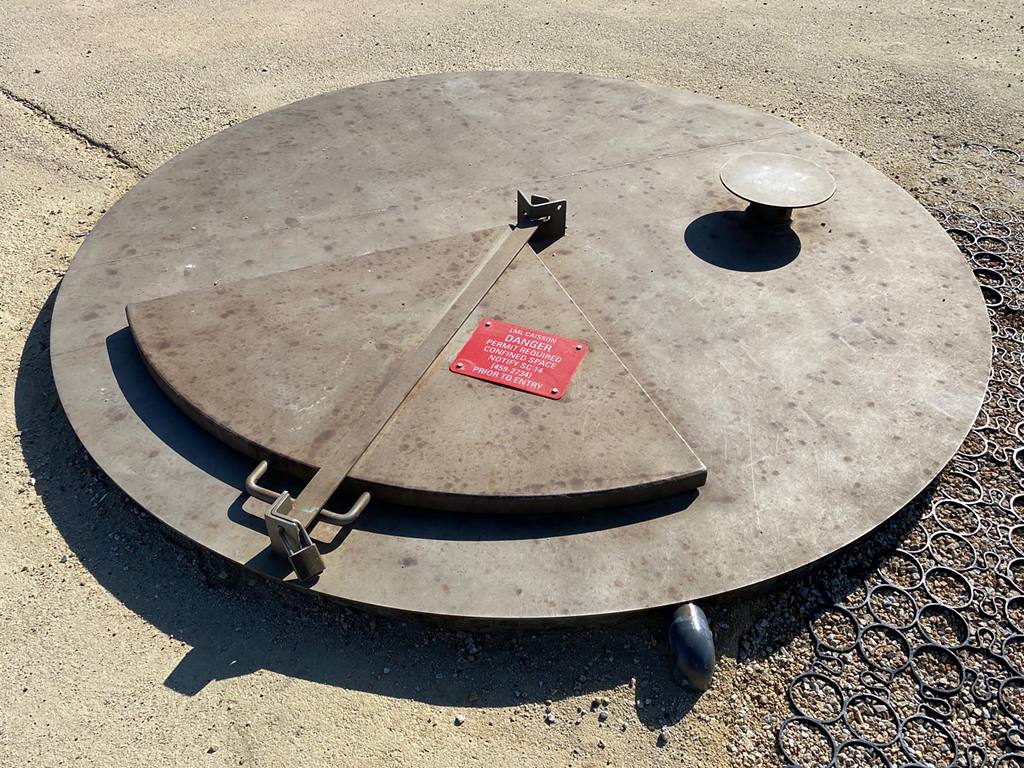
In Santa Cruz
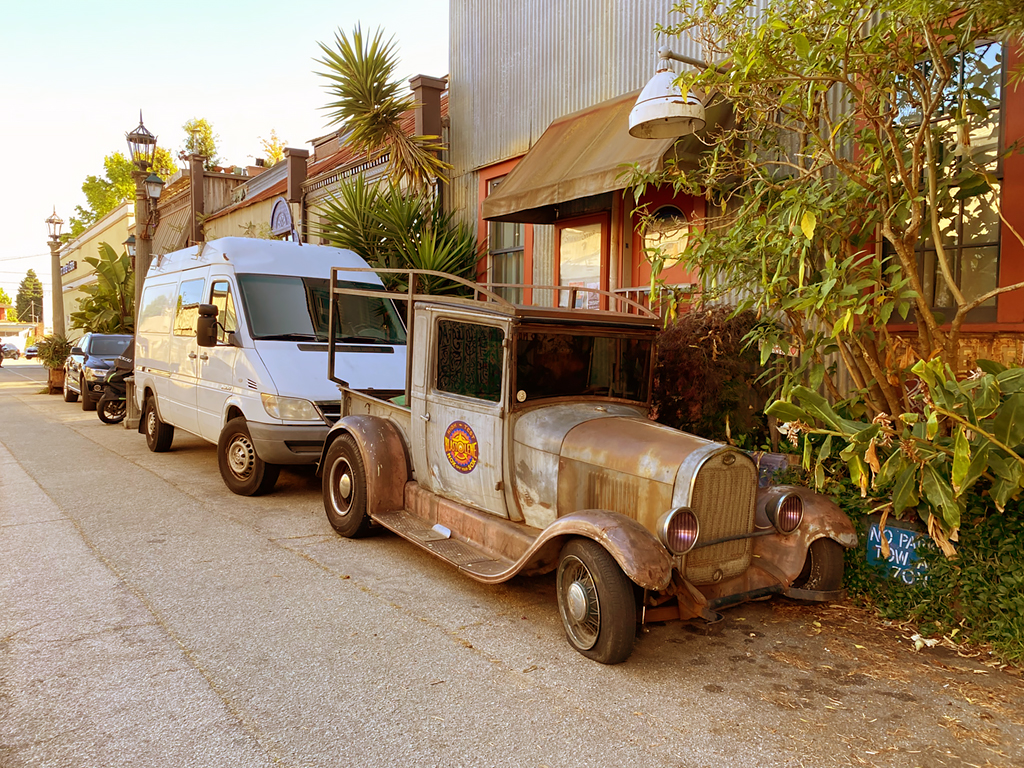
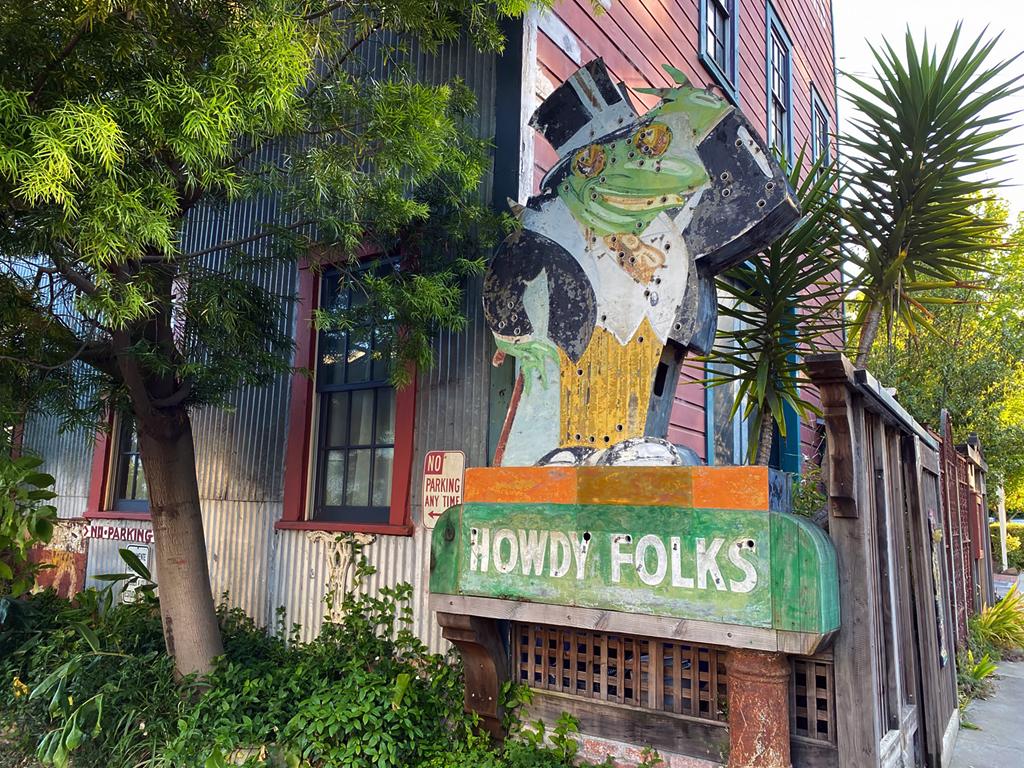
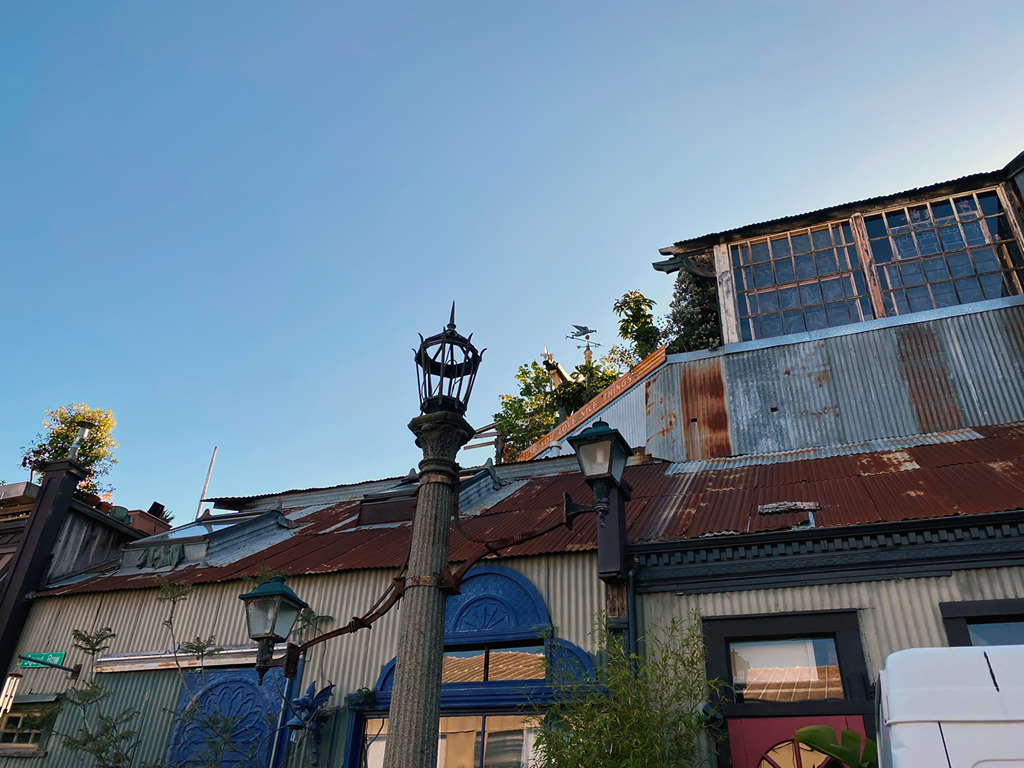
Who would eat junk like that?
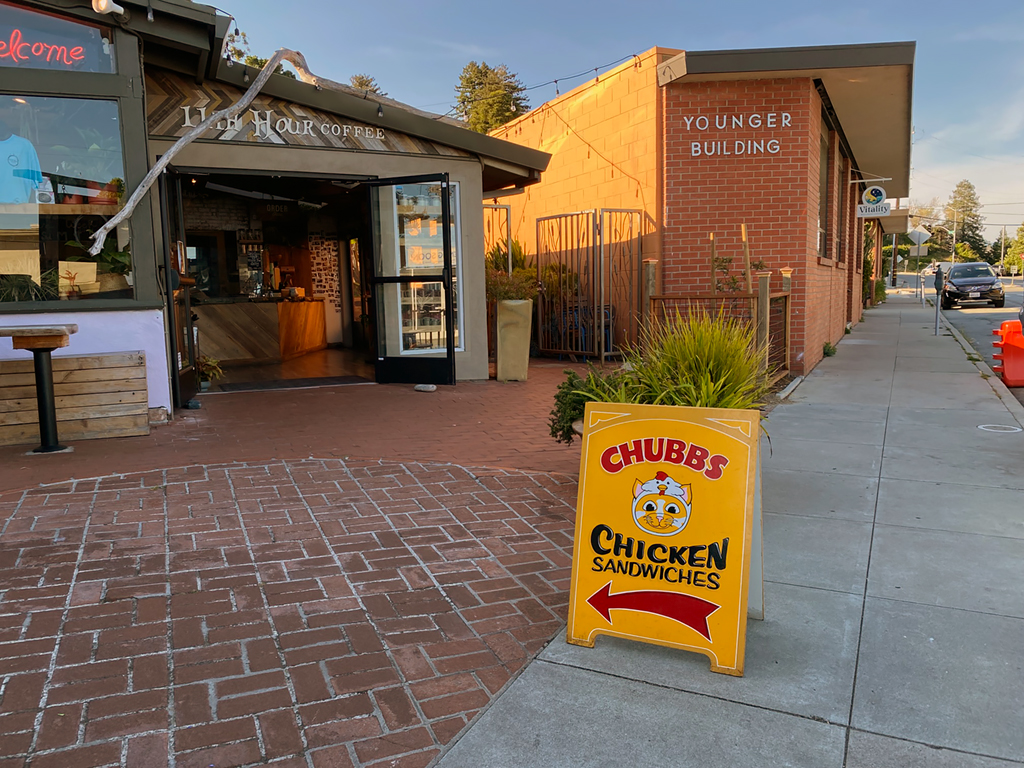
Nice light at Pigeon Point on the way back.
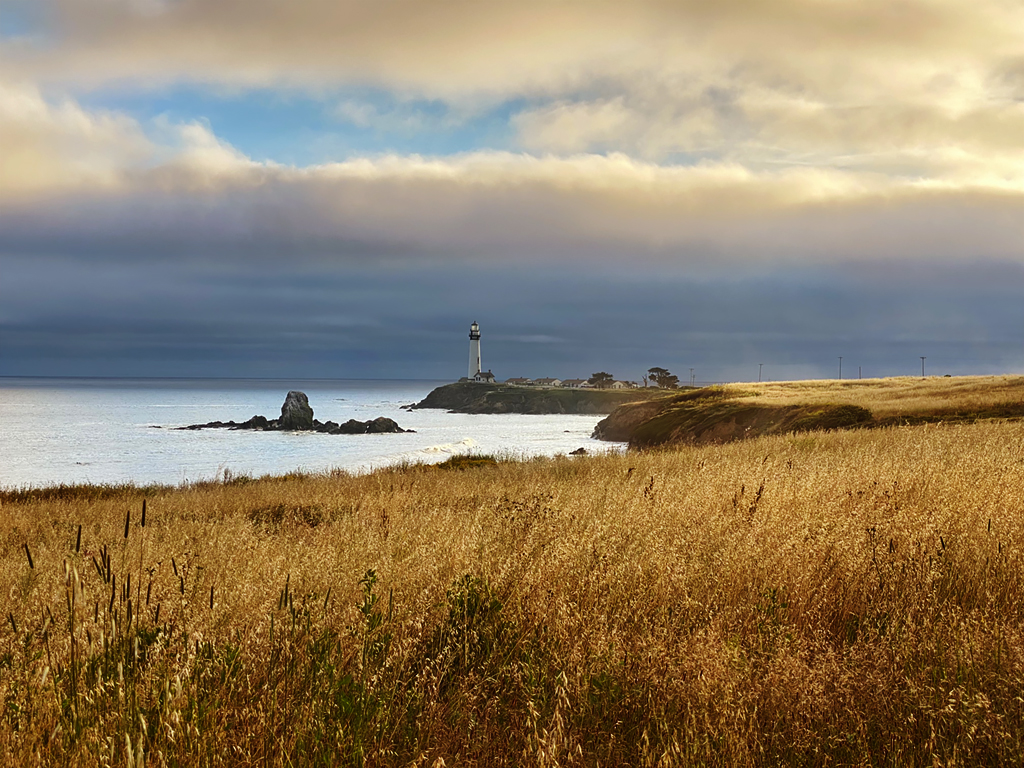
Interesting rock erosion can be found on several beaches between Half Moon Bay and Santa Cruz


A gray whale skeleton is on display at the Seymour Marine Discovery Center.

A blue whale skeleton

I need to get me a hatch like that.

In Santa Cruz



Who would eat junk like that?

Nice light at Pigeon Point on the way back.

Remember to thoroughly season your chickens from the inside out.


Civic people
The sports car American loved first
This Bolt be bolting
My basement utility sink clogged, and I couldn't plunge it/snake it out, it's where the washing machine drains and I was out of work clothes
So I got to make the annual trip to the laundromat, it's been a while
Something happens to the washer/dryer at least once a year, so I get reacquainted every so often
I suppose one gets spoiled having a washer/dryer at home, I remember spending many an afternoon with my mom at the laundromat when I was little
Several near me closed, I found one not too far away that last wash was 10pm, just made it
The 24hr plumber was apparently off at 8pm, so they said they'd come by first thing in the morning, and they took a few dollars off the bill
$175 later
Slow Car Sport Mode
Thread starter
- Joined
- Nov 29, 2021
- Messages
- 5,383
Errands today.. then back East.



@michaelluscher I saw someone thought they were cool in their CR-Z this morning


@michaelluscher I saw someone thought they were cool in their CR-Z this morning
4WD
$50 site donor 2025
Lenovo products get free backup by the CCP …View attachment 161113
Removed this from a Lenovo mini, hadn't seen this brand before. It was hard on the fail train and was replaced by a Kingston KC600.
They don’t take CAD or USD for retrieval
Lenovo products get free backup by the CCP …
They don’t take CAD or USD for retrieval…
AutoMechanic
Site Donor 2025
Farm fresh eggs
Do you know why they bury people 6 feet* under?
Because deep down they are good people.
* more like 4-5 feet these days
I assume this is the EGR filter on a concrete truck. Holy smokes.
View attachment 161227
'One-box' diesel exhaust aftertreatment system. Consists of the Diesel Oxidation Catalyst (DOC), Diesel Particulate Filter (DPF), Decomposition Tube & Diesel Exhaust Fluid (DEF) Doser, and Selective Catalyst Reduction (SCR) along with various sensors (NOx, Diff. Pressure, Particulate Matter, Temp sensors.)
Definitely has a lot going on.'One-box' diesel exhaust aftertreatment system. Consists of the Diesel Oxidation Catalyst (DOC), Diesel Particulate Filter (DPF), Decomposition Tube & Diesel Exhaust Fluid (DEF) Doser, and Selective Catalyst Reduction (SCR) along with various sensors (NOx, Diff. Pressure, Particulate Matter, Temp sensors.)
GON
$150 Site Donor 2025
The Second Class Saloon Nome, AK. July 1st, 1901
The"Three Lucky Swedes," Jafet Lindeberg, Erik Lindblom, and John Brynteson, had a destiny intertwined with adventure when they stumbled upon a glittering treasure of gold on Anvil Creek in 1898. The news of their extraordinary find spread like wildfire through the Klondike gold fields that very winter. By 1899, a vibrant new settlement called Anvil City emerged, proudly boasting a population of 10,000.
But the true frenzy was yet to come. In the following year of 1899, as rumors swirled about gold hidden within the beach sands, the world outside caught wind, and a magnificent stampede was set into motion as thousands upon thousands of fortune seekers surged toward the fabled land of Nome, their hearts ablaze with hope. They arrived with enthusiasm and anticipation from the distant ports of Seattle and San Francisco.
Tents sprouted like wildflowers, covering the vast expanse, extending as far as the eye could see along the 30-mile stretch between Cape Rodney and Cape Nome. As early as 1899, the determined pioneers began erecting structures crafted from finished board lumber.
The golden age of this bustling mining town unfolded during the first decade of the new century, a glorious era that witnessed Nome's ascendancy as Alaska's largest city. Some estimates claimed that the population soared to an astonishing 20,000 souls, although the official record of 1900 reported a slightly lower but still impressive figure of 12,488. Astonishingly, the U.S. Census revealed that one-third of all recorded white inhabitants of Alaska called Nome their home.
Yet, the ravages of fire and the wrath of violent storms marred the grandeur of Nome's gold rush architecture. Little remains today of that captivating era. However, remnants that survived the passage of time bear a touch of the ornate Victorian style that captivated the hearts of many during the frantic gold rush.
Today, the resilient inhabitants of this land have diversified their livelihoods, no longer relying solely on the gold pan and rocker. The legacy of the gold rush endures, but it now represents just a fraction of the vibrant tapestry that weaves together the past 100 years of Nome's captivating history, where a rich flow of people and events has shaped its contemporary community.
Read about and see more of historic Nome: https://amzn.to/42EV5If

The"Three Lucky Swedes," Jafet Lindeberg, Erik Lindblom, and John Brynteson, had a destiny intertwined with adventure when they stumbled upon a glittering treasure of gold on Anvil Creek in 1898. The news of their extraordinary find spread like wildfire through the Klondike gold fields that very winter. By 1899, a vibrant new settlement called Anvil City emerged, proudly boasting a population of 10,000.
But the true frenzy was yet to come. In the following year of 1899, as rumors swirled about gold hidden within the beach sands, the world outside caught wind, and a magnificent stampede was set into motion as thousands upon thousands of fortune seekers surged toward the fabled land of Nome, their hearts ablaze with hope. They arrived with enthusiasm and anticipation from the distant ports of Seattle and San Francisco.
Tents sprouted like wildflowers, covering the vast expanse, extending as far as the eye could see along the 30-mile stretch between Cape Rodney and Cape Nome. As early as 1899, the determined pioneers began erecting structures crafted from finished board lumber.
The golden age of this bustling mining town unfolded during the first decade of the new century, a glorious era that witnessed Nome's ascendancy as Alaska's largest city. Some estimates claimed that the population soared to an astonishing 20,000 souls, although the official record of 1900 reported a slightly lower but still impressive figure of 12,488. Astonishingly, the U.S. Census revealed that one-third of all recorded white inhabitants of Alaska called Nome their home.
Yet, the ravages of fire and the wrath of violent storms marred the grandeur of Nome's gold rush architecture. Little remains today of that captivating era. However, remnants that survived the passage of time bear a touch of the ornate Victorian style that captivated the hearts of many during the frantic gold rush.
Today, the resilient inhabitants of this land have diversified their livelihoods, no longer relying solely on the gold pan and rocker. The legacy of the gold rush endures, but it now represents just a fraction of the vibrant tapestry that weaves together the past 100 years of Nome's captivating history, where a rich flow of people and events has shaped its contemporary community.
Read about and see more of historic Nome: https://amzn.to/42EV5If
The wires you see at the entrance lintel and the one clipping the 2 right windows are phone lines at a time before "house wiring".
